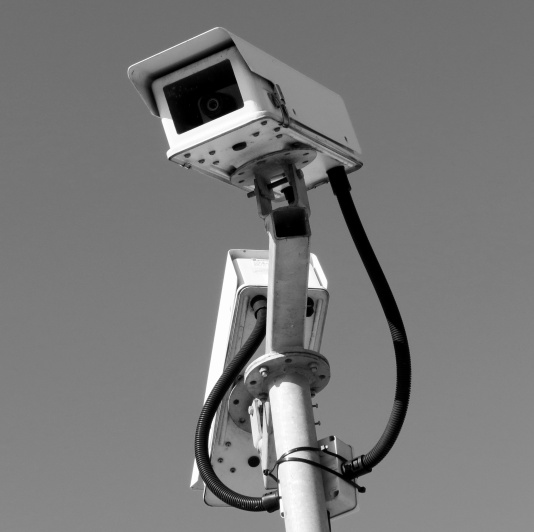
When I was a kid, I became interested in photography. At that time (not as long ago as it seems), photographs were associated with cameras, not cell phones, iPads or assorted other electronic devices.
Photographs were something special. Not everyone took them. Many people didn’t even care about cameras, unless they had kids and wanted to capture images of their children growing up. In those days, you were either a parent recording family life or a photographer capturing life in general.
I fell into the latter category. I took my camera everywhere in case something worth photographing found its way into my day. I often wondered whether the people caught in candid poses minded having a stranger take and keep pictures of them.
Whenever someone noticed that I was taking a picture, they would size me up and either smile, turn away or ask me about my camera, which was much more professional looking than what most people owned.
Almost imperceptibly, still and moving images became part of daily life. It started with security cameras. Recording the movements of individuals in and around things of value seemed like a good way to deter crime.
Video monitoring was used as a threat. Signs were perched in the surveillance areas warning potential wrong-doers that they were being observed.
A self-conscious feeling accompanied the introduction of those cameras. At that time, no one was accustomed to being monitored either in private or in a public place.
Gradually, the warning signs disappeared and miniature cameras were planted in many areas, for a variety of purposes. Some were for security. Others were to monitor traffic speed or congestion. And sometimes cameras were installed just so the owner of a property could know who was on the premises.
Once people got used to this idea, camera use evolved into a pastime. Cameras were included in all sorts of electronic devices to encourage the same people who were under surveillance by other people’s cameras to take photographs of their own. Now, the observed were the observers; so photography became a two-way street.
This brings us to traffic cameras. The use of traffic cameras varies. But, the overall goal is to keep an eye on drivers, whether to see if they are speeding or running a red light.
Before this time, traffic violations relied on the presence of police. Most violators never got caught since police can’t be all places at all times. Instead, they identified areas where the most accidents occurred and set speed traps. They still do this, but it’s harder to catch violators this way than it was in the past, thanks to technology that warns drivers of an impending trap.
Shortly after it became clear that nearly 25 percent of all U.S. traffic accidents were caused by cars running red lights, the idea of using traffic cameras to catch red-light runners caught on. Most of these red light systems rely on induction loops in the ground which trigger a camera aimed at the offending car.
Such systems are far from perfect because they can’t always capture the face of the driver, leading to disputes over who was driving the car. Normally, the driver is ticketed for a traffic infraction, not the owner of the car, so things aren’t always clear cut.
Although I’ll probably never get used to the idea of being photographed multiple times a day as I go through my daily life, I have grown accustomed to the idea of using cameras in public areas as proof of what transpired.
Prior to the installation of these cameras, a dispute between parties involved in an accident relied on one individual’s word against another’s. Eyewitnesses were supposed to break the stalemate. And, they still do, to some extent, even though their role has changed in the age of public cameras.
The camera records the events and the eyewitness fills in the details, such as events leading up to what was captured digitally or the demeanor or statements of the parties involved.
All of this is a huge advantage to cyclists who often get cheated when motorists and eyewitnesses collude to blame a cyclist for causing an accident, which is clearly the fault of a motorist. The anonymous, impartial camera speaks on behalf of the cyclist. It provides proof of what happened.
But, what about privacy? Do we want to live in a world where every moment of our lives is captured and archived by others? Do we want our images bought and sold and utilized for purposes we never intended and often don’t know about? Whatever happened to the idea of privacy?
Privacy no longer exists once one leaves the comfort of one’s home. Even in the domestic realm, privacy is not absolute.
Our online activities are monitored by ISPs and websites like Google and Facebook. Data is collected about our lives, our interests, our activities, our values.
Our movements are tracked either by cell phone towers or GPS systems every time we turn on our cell phones — which for most of us is all of the time. Through these systems, someone always knows where we are. The only thing they cannot see is our likeness.
How much longer will it be before all of our activities are attached to the millions of images of us captured over the years? It is happening already. And, it is too late to stop it. Still, we can focus on the positive aspects of this trend, namely, that cameras don’t lie, and they often come down on the side of the underdog.



